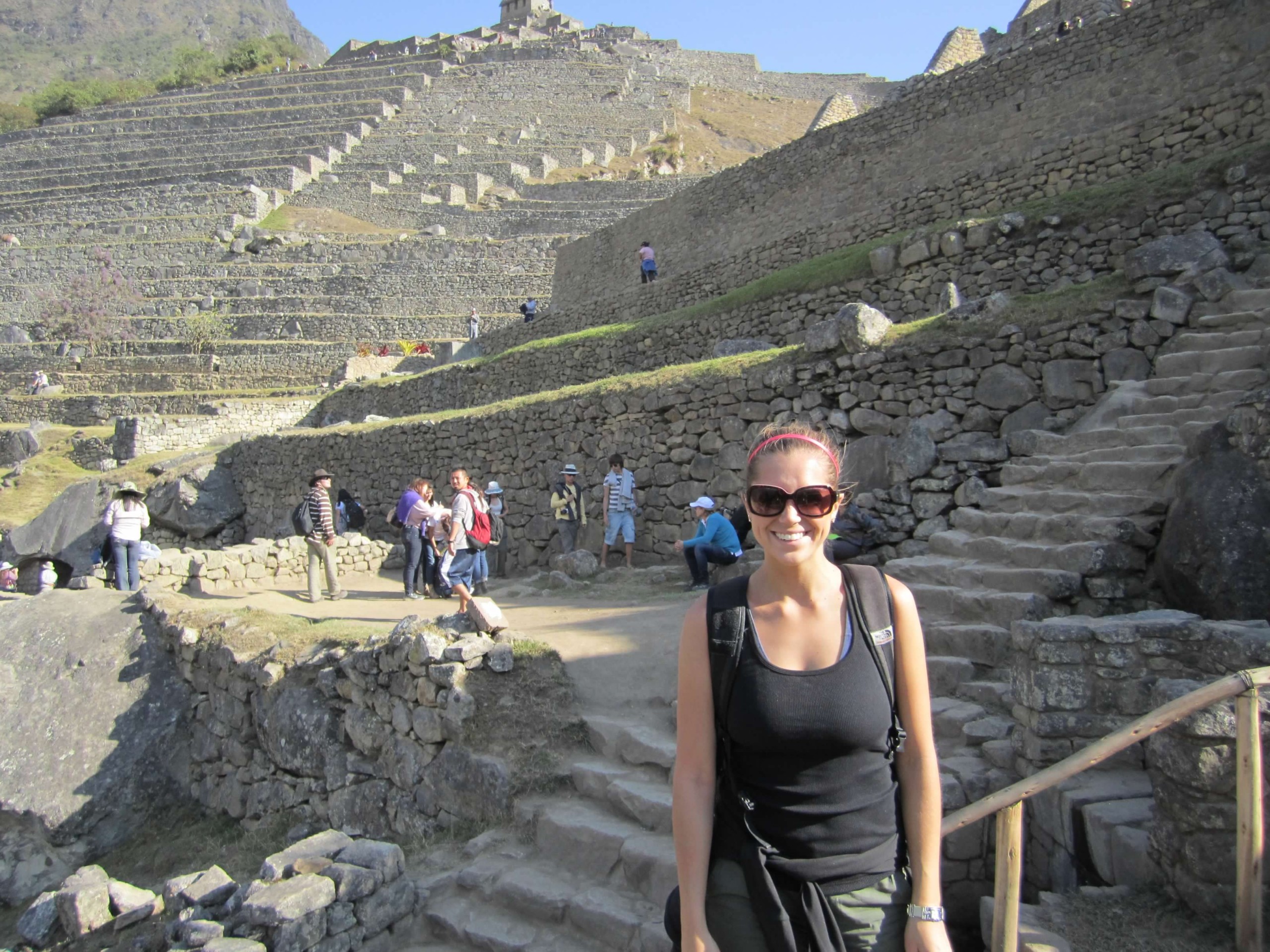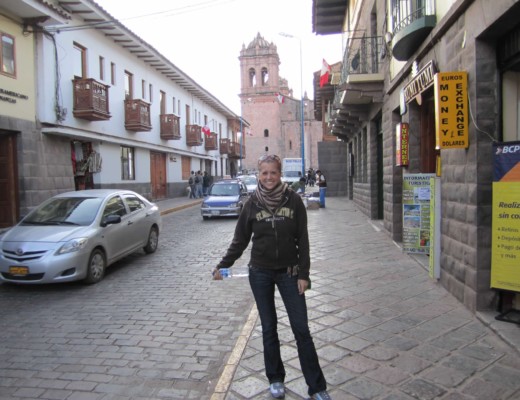After a four-hour train ride and two 25-minute bus rides, we made it from Cusco to Machu Picchu. We spent two days exploring the ruins of this old Inca city, now considered to be one of the New Seven Wonders of the World.
It took the Incas about 80 to 100 years to build Machu Picchu. They started building the city around 1450, then abandoned it in the 1500s at the time of the Spanish Conquest. Our tour guide showed us the Incas’ trek out of the city to the other side of a nearby mountain. They made this exit carrying artifacts, mummies and other valuables.
While locals knew of Machu Picchu, the Spanish never found the city during this colonial time period. They did, however, find the Incas in their new living place and conquered them there. Machu Picchu remained unknown to the outside world until American archaeologist Hiram Bingham (with the help of local indigenous farmers), rediscovered the overgrown city in the early 1900s.
Machu Picchu is breathtaking from every angle. So many parts of this city prove the Incas to be intelligent in their design. Houses, temples and structures dedicated to running the city’s agriculture rest among the ruins. There’s even a seasonal “clock” in town called Intihuatana, or a place when the sun gets tied. On every winter and summer solstice, the sun hits this large, carved rock at the exact same point. This is how the Incas measured the time of year.
No one knows the original name of the city, but the ruins lie between two mountains – one which is significantly larger than the other. Machu Picchu, the larger of the mountains, means “Old Mountain” in the old Inca language of Quechua. The mountain directly behind the ruins is what many recognize in popular pictures of Machu Picchu. This mountain is called Huayna Picchu, or “Young Mountain”.
Today, we hiked Machu Picchu mountain, which is a three-hour trek round trip. The steep hiking path, made entirely of stone steps, ascends almost straight up the side of the mountain. We stopped nearly every one to two minutes to catch our breaths due to the high altitude. The path’s exposed edge marked the most memorable part of this trip for me, however. On several occasions, our hiking boots hit the ground just inches away from a sharp, straight drop off the mountain’s edge. Terrified, I walked as close to the the mountain as possible, mumbling curse words until plants and trees finally embraced the hiking path again.
While we’re on the topic of terrifying edges, the 25-minute bus ride from Aguas Calientes (or Machu Picchu’s town) to the entrance of Machu Picchu also got our hearts pumping. The roads curved around the mountain in an “S” shape and measured no more than 15-to 20-feet wide in some parts. Similar to our mountain hike, these roads exposed unguarded steep cliffs to one side. At points, two buses would have to pass each other, requiring one to back up (or down) the road.
Aguas Calientes survives predominantly off income from Machu Picchu’s tourists. And, as such, we spent the night there. I adored this little mountain town. Comprised mostly of restaurants, hotels and a central market, Aguas Calientes rests perfectly in a little nook of the Andes. We strolled the hilly streets, ate dinner, and visited a market where Eric and I each bought a pair of pajama pants to keep us warm in the chilly hostels the rest of our trip. As has been the case with everyone we’ve met so far, the people accommodated us graciously and with kindness.



No Comments